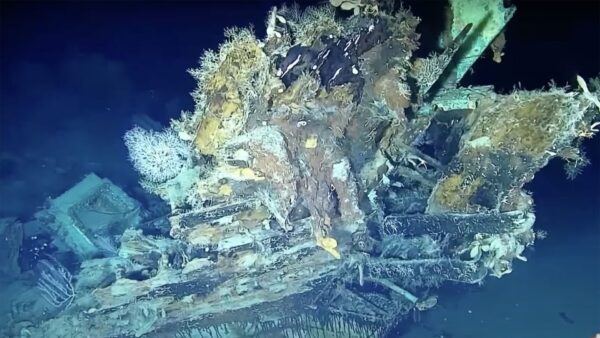Discovering the San Josè, a shipwreck worth 20 billion dollars
The Spanish galleon, the San Josè, was carrying the biggest treasure of all time in its hold

Discovering the San Josè, a shipwreck worth 20 billion dollars
The Spanish galleon, the San Josè, was carrying the biggest treasure of all time in its hold
Twenty billion dollars. Or rather, 16 billion, 300 million pounds, or 18 billion 700 million euros. This is the estimate of the value of the treasure in the hold of the galleon, San Josè, which sank in an area whose coordinates, as you can imagine, have not yet been released, but located somewhere off the coast of Cartagena de Indias, Colombia.
This is without a doubt one of the most precious cargoes of all time, a legend for shipwreck enthusiasts, so much so that the Spanish galleon has been dubbed the “Holy Grail” for treasure hunters. According the the Spanish Crown for the West Indies, the ship held 344 tonnes of gold coins and 116 cases of emeralds, as well as an undisclosed amount of silver.
The galleon, built in 1696 by the Royal Shipyards of King Philip V of Spain, left Cartagena for the motherland laden with its precious cargo, but was attacked on 10 June 1708 by a fleet of Corsairs including 4 British ships, commanded by Captain Charles Wager. In a 10 hour battle, Wager sunk, not only the San Josè, but also all 14 merchant ships and another two galleons, the San Joaquin and Santa Cruz, who were accompanying her. At the time she sank, the San Josè had 46 heavy 16-calibre canons and was carrying over 589 people including soldiers, sailors and administrators, only 11 of whom survived.
The discoverers of the “Holy Grail”, in the summer of 1981, were underwater treasure hunting company, Glocca Morra. As soon as the discovery was announced, it sparked an international controversy between the USA, Colombia and Spain over the ownership of the vessel and, consequently, of the treasure. Battalions of lawyers argued over the rights of their clients to retrieve the shipwreck in the courtrooms of the three countries, as well as international courts of justice, so that, until now, the treasure has remained in the hold of the sunken San Josè. Recently, however, it appears that the parties have finally found an agreement and that Colombia will retrieve the ship, after paying millions in compensation to Glocca Morra.
Juan David Correa, Minister of Culture for the Columbian government, declared the the wreck will be recovered in the next two years. The President of the South American country, Gustavo Petro, ensured that the operation will be a top priority, and that the treasure will see the light of day before his mandate finishes in 2026. We shall see.
Those who had no representation in the international courts of justice were the descendants of the Andean indigenous tribe of the Qhara Qhara, who declared that all those sunken riches, were stolen from their people by the Spanish “conquistadores”, more precisely, their “invaders”. These people were mostly enslaved and forced to mine the emeralds, gold and silver from their own land. Maybe they also deserve a part of this treasure, even though they were not able to pay for their own battalion of lawyers. But clearly since the violence of the “Conquest of the Indies” things have not changed much for the last indigenous people of the planet.
The cover image is taken from YouTube channel @ArmadaDeColombia.
Topics: San Jose, shipwrecks



